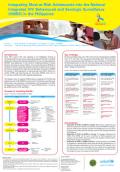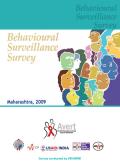Publications on Young People

Resource | Guidelines,
It’s All One Curriculum: Guidelines and Activities for a Unified Approach to Sexuality, Gender, HIV, and Human Rights Education is the product of contributions from individuals around the world. It’s All One Curriculum offers content on almost any topic you might want to include in teaching young people about gender, sexual health, HIV, sexuality, relationships, communication, intimate-partner violence, puberty, reproduction, contraception, abortion, or advocating for their own rights. It is intentionally comprehensive, so that you can select the content and activities that meet your needs.
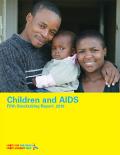
Resource | Publications,
For nearly three decades, HIV and AIDS have been devastating individuals and families with the tragedy of untimely death and medical, financial and social burdens. Although children's concerns have always been present within the great spectrum of need associated with HIV, they have to some extent been overshadowed by the very scale of the epidemic in the adult population.
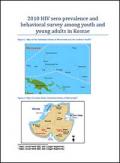
Resource | Publications,
In 2009/2010, an STI biological and behavioral survey among youth and young adults in Kosrae, in the Federated States of Micronesia was conducted. Its aims were to assess the prevalence of key STIs among adults in Kosrae as well as evaluate certain knowledge and risk behaviours in order to better identify how to deliver targeted interventions aiming to reduce risk of HIV and STI infections. 361 participants aged between 15 and 49 were recruited from Kosrae.
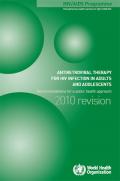
Resource | Guidelines,
This guideline revision was conducted in accordance with procedures outlined by the WHO Guidelines Review Committee and is based on the GRADE approach to evidence review. The process involved four separate working groups: the Internal WHO ART Guideline Working Group, the ART Guideline Drafting Group, the external ART Peer Review Panel and the full ART Guideline Review Committee.
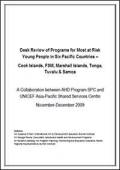
Resource | Publications,
The purpose of the assignment, as stated in the Terms of Reference, was to collect information to identify the context, groups and location of Most at Risk Young People in the Pacific and determine the extent to which specific interventions have been implemented to reach this group of young people.






